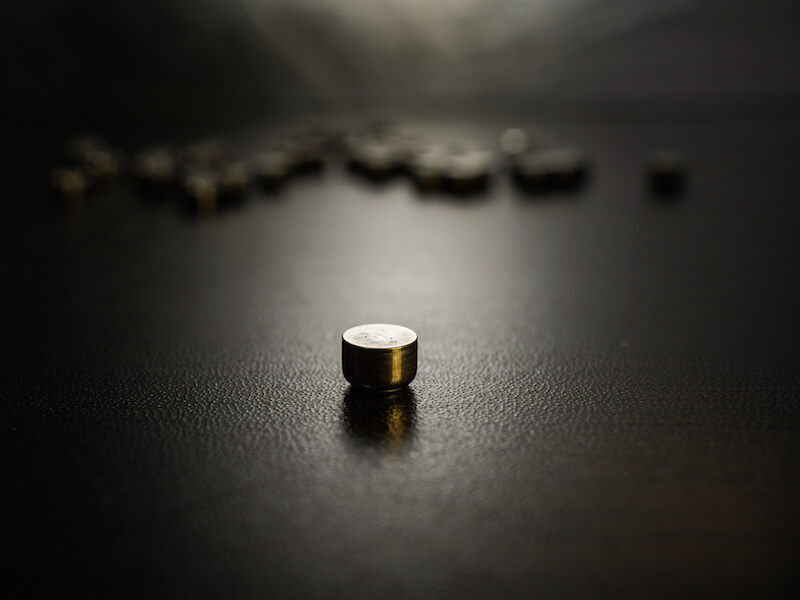
Contemporary technology has changed the way we power electronics of all types, from radios to cameras to phones. For years, those looking to manage hearing loss have hoped for a similar progression, and the industry is finally recognizing the promise of a robust rechargeable hearing aid battery.
Size 312 batteries are the most common of the disposable batteries that have traditionally been used to power hearing aids. Today, the most popular version of these batteries is generally known as a “zinc-air” battery.
Disposable Hearing Aids Have a Disadvantage
As the name would suggest, a zinc-air battery is impacted by the presence of air. The user needs to pull a small tab off the back of a 312 zinc-air battery in order to activate it.
The moment it is fully oxygenated, it begins to lose power. So the power is draining even if the user isn’t actively using it.
Most users regard the duration of life to be the greatest disadvantage of disposable batteries. Some reports have cited the standard life expectancy of a size 312 disposable battery to be between 3 and 12 days, which means users could switch out their batteries about 120 times per year.
That also means users may need to purchase 120 batteries, spend the time twice every week to replace them, and properly dispose of each. That’s probably over $100 in batteries from a cost outlook alone.
Rechargeable battery Advancements
Thankfully, for hearing aid users in search of another alternative, there have been profound developments to rechargeable hearing aids that now make them a practical solution.
The vast majority of individuals would wear rechargeable hearing aids if given an alternative according to some studies. Over the years, these models were not practical because they didn’t maintain a charge long enough. But modern rechargeable batteries will last all day without needing a recharge.
Users won’t see significant cost savings by switching to rechargeable batteries, but where they will see an obvious improvement is in quality of life.
These modern models provide less aggravation on top of maintaining a 24 hour charge because the user doesn’t have the burden of continuously changing out the batteries. They simply need to put the battery on the charger.
When a disposable battery gets near the end of its life it doesn’t run your hearing aid at full power. There’s also no real way to identify how close to being inoperable the battery actually is. Consequently, users chance putting themselves in a position where their battery may die at a critical time. A faulty battery will not only cause a safety hazard, it could cause the user to miss important life moments.
Types of Rechargeable Hearing Aid Batteries
There are unique advantages to each of the different materials that rechargeable batteries are made of. The ability to hold a charge for 24 hours is one reason why integrated lithium-ion batteries are one viable option that manufacturers supply. And smart-phones are powered by this same type of battery which might be surprising.
Silver-zinc technology is another material used for today’s rechargeable hearing aids. Originally, these revolutionary batteries were manufactured for Nasa’s moon missions. With this technology, even your existing hearing aids can probably be updated to run on rechargeable power. These batteries, similar to lithium-ion, will also last all day before requiring a recharge.
There are also models that let you recharge the hearing aid without removing the battery at all. For these, users will place the entire hearing aid on a charging station when they sleep or at another time when the hearing aid isn’t in use.
Whichever solution you choose, rechargeable batteries will be significantly better than disposable batteries. You just need to do some research to decide which solution is ideal for your needs.
If you’re looking for more information about hearing aid technology or how to select the ideal hearing aid to meet your needs, we encourage you to take a look at our hearing aids section.
